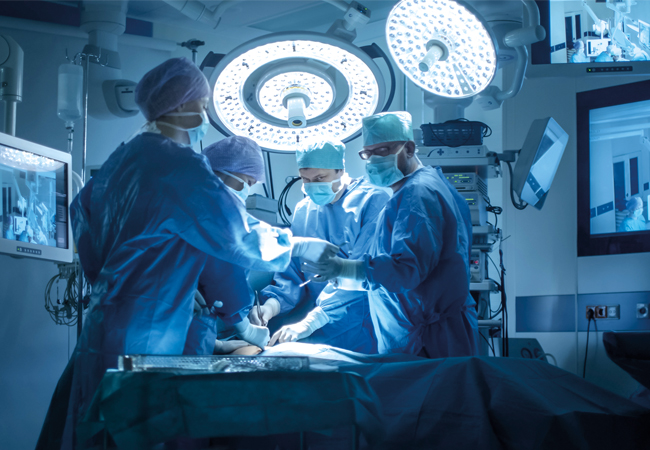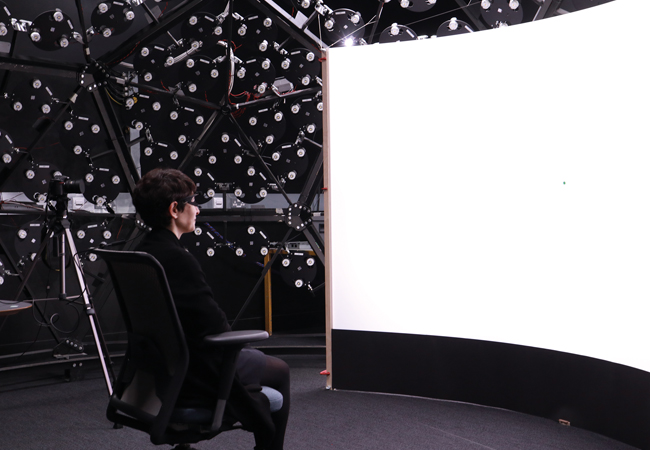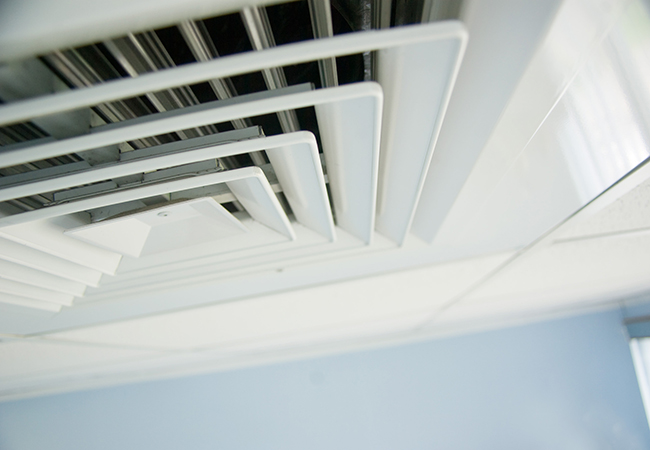
Covid-19 has had a lasting impact on lighting design in healthcare settings, with the minimisation of infection risk, flexibility of space and surge in telemedicine being key drivers in the profession.
Upper-air disinfection using ultraviolet-C (UV-C) light proved highly effective during tuberculosis outbreaks years ago, so it is no surprise that the industry turned to this technology again during the pandemic.
Robotic equipment with germicidal ultraviolet light is becoming more popular in hospitals to provide an extra layer of disinfection after surface cleaning during room turnover, and is used in air handling units to disinfect the supply airstream. It was employed in a new and innovative way to solve a critical problem during the pandemic; UV-C light was used by some institutions to mitigate the personal protective equipment (PPE) shortage by allowing for re-use of PPE.
This heightened public awareness of the disinfecting properties of UV-C, leading to many new products being introduced to the market and several existing products gaining a resurgence in sales.
Different wavelengths of light have different efficacies of disinfection and different risks for human exposure, yet are often marketed in the same manner. Facility staff should consult a trusted adviser who understands the range of products available, and who can guide them through the pros and cons of various methods and equipment, work through specific needs, and ensure these are met.
The CIBSE guide Covid-19: Air cleaning technologies (bit.ly/CJCIBCovid) allows users to assess the variety of air-cleaning devices currently on the market, and to discover which, if any, will reduce transmission risk in a given space effectively. Evaluating marketing claims requires diving into the data and published research, to decipher which applications lend themselves to which technology.
Flexibility
The pandemic also highlighted the need for flexibility. A shortage of patient rooms designed for airborne infection isolation and critical care forced hospitals to repurpose standard medical-surgical rooms and revamp protocols. Critical care patient rooms require higher illumination levels on the patient bed than standard patient rooms. The new trend for adaptable patient rooms means that these rooms must be designed with higher illumination capabilities. Fortunately, LED lighting permits easy and smooth dimming to accommodate this flexibility.
Traditional patient rooms have multiple zones of switched lights. Moving to an environment where the lights are dimmable gives patients and staff greater light control, allowing illumination to be tuned to the specific needs of the person and of the task being performed.
Telemedicine
The third shift is the expanded use of telemedicine, such as video conferencing, which increased at the onset of the pandemic. As the medical community evolved for telemedical visits, lighting specialists worked to develop best practices and new guidelines for video conferencing. By understanding the principles of key light, fill light and background luminance, as well as flicker mitigation and colour rendition, lighting designers can enhance the experience and effectiveness of telemedicine.
Circadian-supportive lighting design
One trend in healthcare facilities that is not a consequence of the pandemic, but of research, is circadian-supportive lighting design.
Natural circadian rhythms are slightly longer than 24 hours: it is light (and dark) that maintains circadian rhythms on a 24-hour cycle. They can be impacted by five lighting factors: intensity (amount of light), spectral power distribution (wavelength), duration (length of exposure to light), timing (time of day when light exposure occurs) and light experience (accustomed personal exposure to light). More than one-third of the human genome is controlled by circadian rhythms, and more than half of all the drug-response pathways are clock-controlled.
In hospitals, dynamic lighting systems that simulate nature’s day-night cycle have proven to be beneficial to patients and healthcare providers. Nightshift workers are at high risk of circadian disruption.
Our body produces cancer-fighting T-cells at night while we sleep. Newborn babies are getting their circadian stimuli through the environment instead of in utero, through their mother’s hormones. Lighting is no longer just about visual performance: its physiological impact on our bodies is equally as important.
Implementing the latest lighting technologies and market trends helps create the most supportive healthcare environments for patients, visitors and staff.






